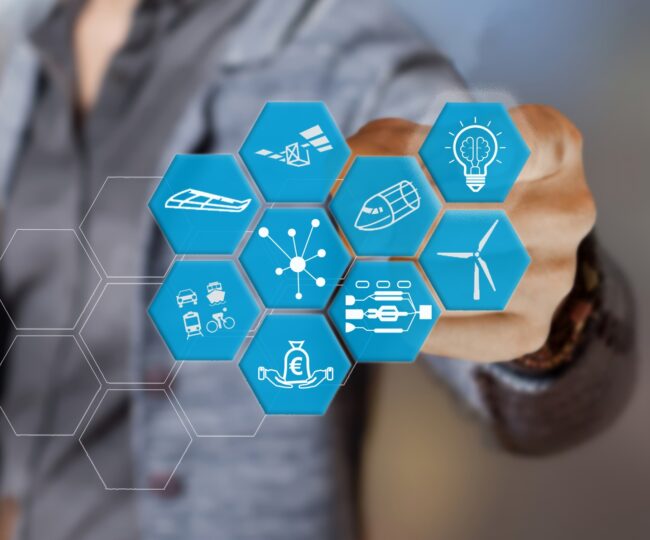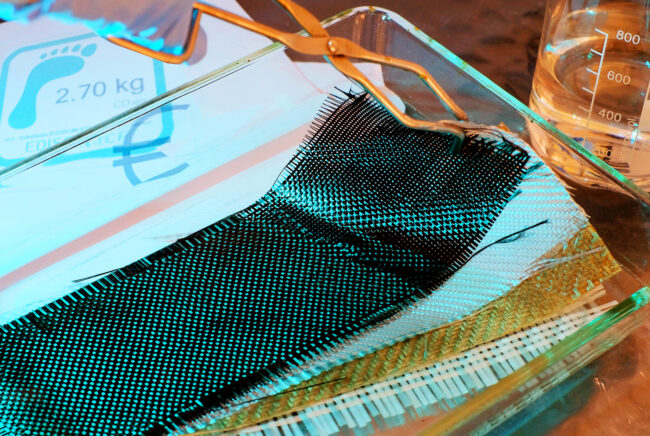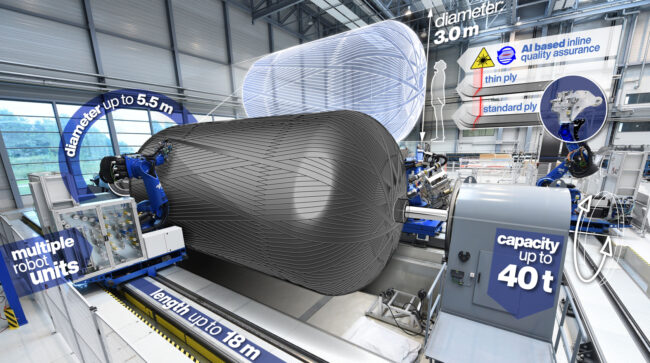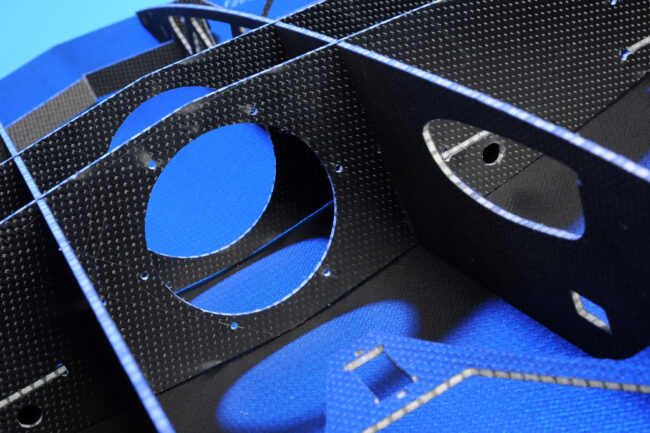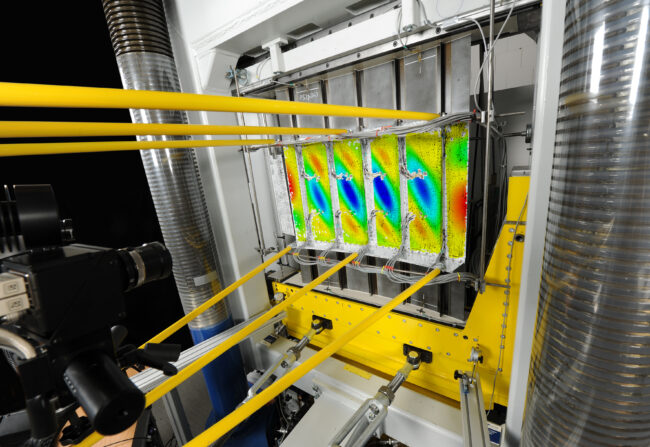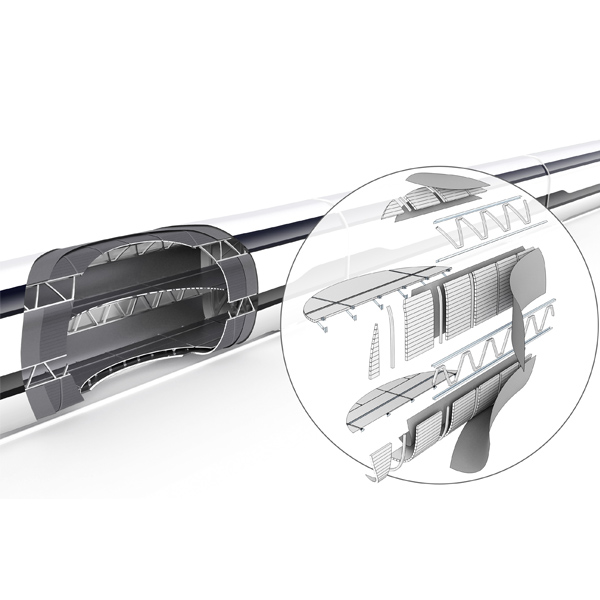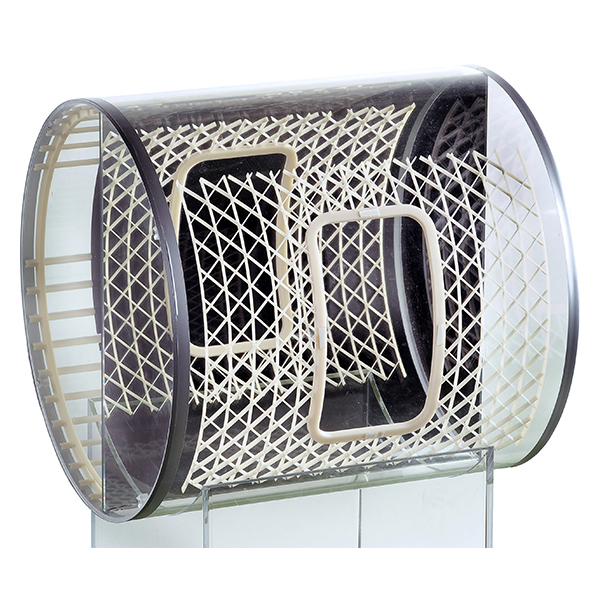Strengthening knowledge and technology transfer Our Institute maintains close contact with industry to facilitate successful innovation through research results. The closest possible interaction is necessary to determine the need for research and the commercial utilisation of the research results. The Lightweight Construction Innovations Department focuses on reinforcing this interface in order to enhance knowledge and…
Making sustainability tangible – from a linear to a circular economy The Department of Sustainability Technologies aims to develop the full sustainability potential of lightweight system construction. In its efforts to do this, it seeks to close gaps in expertise, capabilities and technologies for sustainability assessment and circular technologies in industry and research. Expertise With…
Side by side with the industry – research with large-scale plants in full-scale The leap from initial idea to evaluable application requires a professionally equipped large-scale scientific facility environment, particularly for manufacturing implementation. This is especially relevant for aeronautical applications with a TRL of four to six, but also to other applications, such as wind…
“From material to intelligent material system”
The multifunctional materials focus on the development, characterisation and qualification of fibre composites with superior properties and new functionalities. For example, the conditioning of resins with nanoscale particles significantly improves fire properties, electrical conductivity and processability. In addition, further functional materials with sensory and actuator properties are being developed for integration into adaptive composite structures.
From requirements to concepts to multifunctional structures In the department of functional lightweight construction, the closed design process chain is realised from the first draft of a structure via the design to the material- and production-oriented design of prototypes. In the design, fibre-composite-compatible construction methods are developed with the inclusion of a suitable material selection,…
From the structure to the adaptive system An adaptronic system has the ability to respond to changing operational conditions (such as vibrations or aerodynamic demands on the shape of an airfoil, or even icing). Microprocessors analyse the signals from the sensors and use integrated control algorithms to control the actuators so that forces/deformations/damping can be…
From phenomenon to modelling to simulation The department focuses on the development of new methods for the efficient analysis and evaluation of lightweight structures in aerospace, transport technology and wind energy. It is very important to consider the entire life cycle from component production to reusability or disposal. This is therefore reflected in new simulation…
The business area “Wind Energy” concentrates the expertise of the institute in this field of renewable energies. The competence is based on a well-balanced mixture of projects in different sectors including wind energy but also aerospace and space. This research activity that covers a variety of industries leads to tailored solutions and innovations for the…
An aerospace institute researches on transport applications? – Yes! Because many questions and technologies can be transferred: In transport applications, too, the interaction between society’s mobility demands and the effects of mobility on the environment is very challenging, because mobility has to be ensured, the environmental protection standards have to be maintained and safety has…

